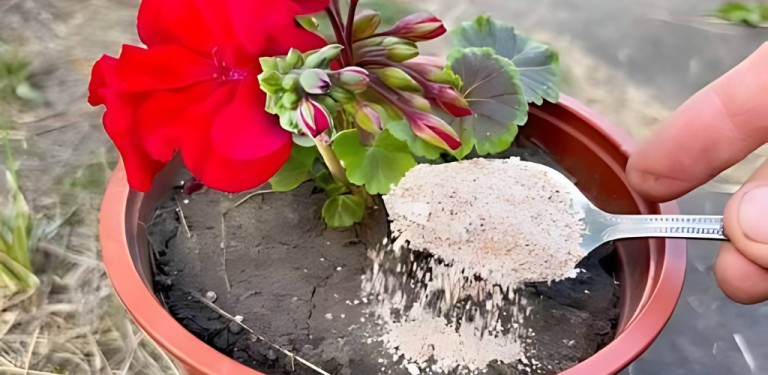ADVERTISEMENT
### **1. Understanding Plant Blooming: The Basics**
Before delving into the specifics of the “dry a little” technique, it’s important to understand how blooming works in plants. Blooming is the process by which a plant produces flowers. The timing of blooming depends on several factors, including the plant’s species, environmental conditions, and care practices. These factors work together to create the ideal conditions for flower production.
The primary components influencing plant blooming include:
– **Light**: Plants need light to photosynthesize, and different plants have different light requirements. Some plants bloom better with lots of sunlight, while others may prefer shaded areas.
– **Temperature**: Each plant has an optimal temperature range for blooming. Cold-hardy plants may bloom during cooler months, while tropical plants may need warmer temperatures.
– **Watering**: Too much or too little water can impact blooming. Overwatering can lead to root rot and hinder flower development, while underwatering may cause plants to become stressed and fail to bloom.
– **Soil and Fertilization**: Healthy, nutrient-rich soil is essential for plant blooming. The right balance of nutrients, such as nitrogen, phosphorus, and potassium, encourages the plant to produce flowers.
– **Pruning**: Some plants require pruning to encourage blooming. Removing dead or old flowers can signal the plant to produce new blooms.
– **Rest Period**: Certain plants need a dormant period, or a “rest,” before they can bloom. This period of dryness or reduced watering can stimulate the plant to prepare for the next blooming phase.
Now that we understand the basic principles behind plant blooming, let’s explore how drying just a little can play a role in encouraging your plants to bloom faster.
—
### **2. The Surprising Secret: Drying Just a Little on Your Plants**
At first glance, the idea of “drying” your plants might seem counterintuitive, especially when we’re usually trying to keep our plants hydrated and healthy. After all, plants need water to survive, right? However, there’s a method to this madness.
The concept of “drying just a little” involves intentionally allowing your plants to experience brief periods of dryness or water stress. This can mimic a natural environmental condition that some plants thrive in. When plants undergo mild stress—such as a temporary reduction in water availability—they can actually be stimulated to bloom. This is a response to environmental cues that signal it’s time to reproduce, ensuring the survival of the species before harsher conditions return.
Here’s how this works:
– **Stress Response**: Just like animals, plants have survival mechanisms. When they sense unfavorable conditions, such as a lack of water, they may shift their energy toward reproduction, which often includes producing flowers. This is why plants in drier conditions may bloom more profusely—they are responding to the stress by focusing their energy on flowering.
– **Hormonal Changes**: Water stress can trigger hormonal responses in plants, particularly the production of certain growth hormones, such as ethylene. This hormone plays a key role in the blooming process, signaling the plant to produce flowers when conditions are favorable.
– **Mimicking Natural Conditions**: In the wild, plants experience periods of drought, seasonal changes, and environmental stress. Many plants have evolved to respond to these conditions by blooming when the opportunity for pollination is most likely. By simulating this stress in a controlled way, you can encourage your plants to bloom faster.
For Complete Cooking STEPS Please Head On Over To Next Page Or Open button (>) and don’t forget to SHARE with your Facebook friends
